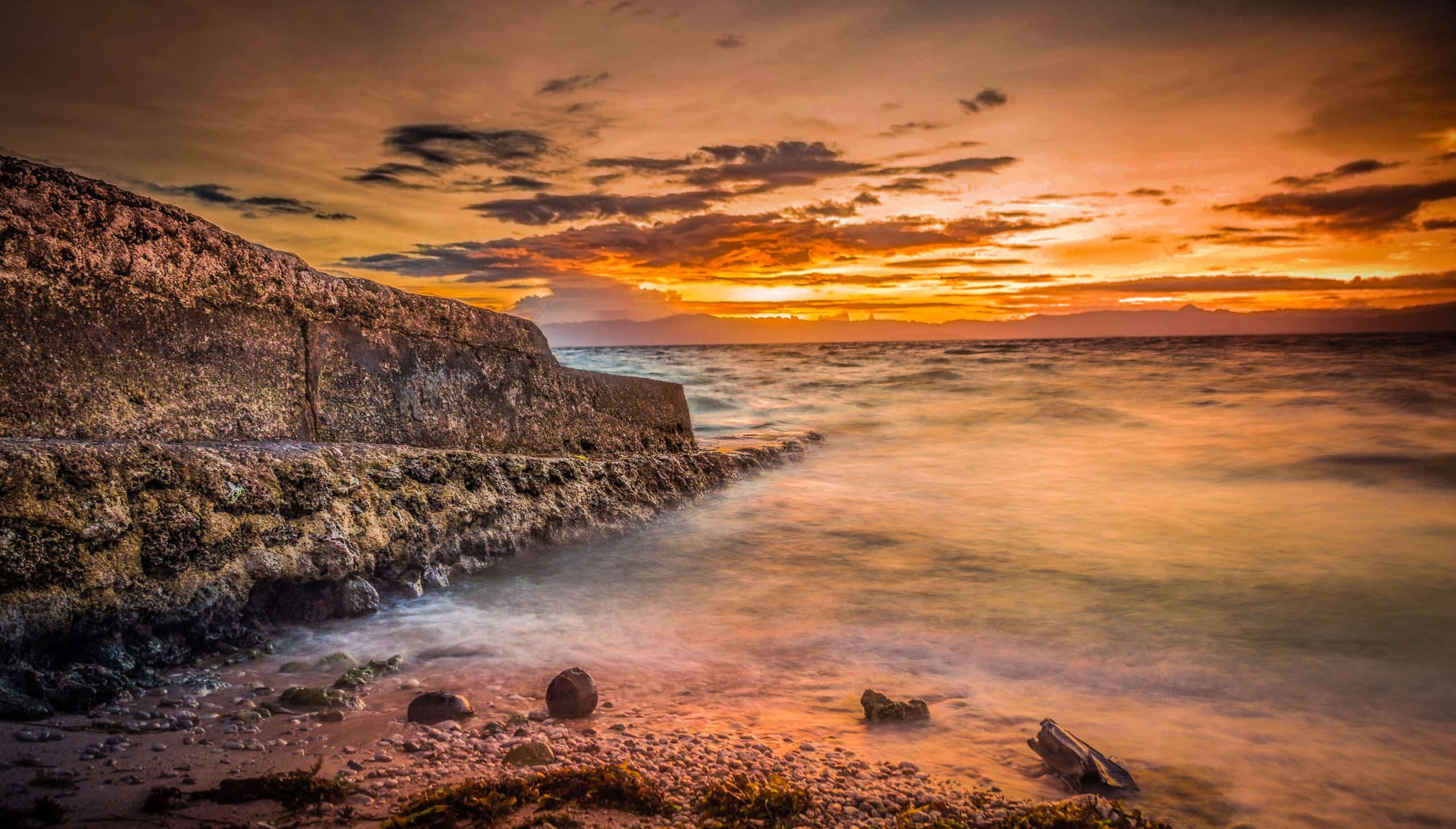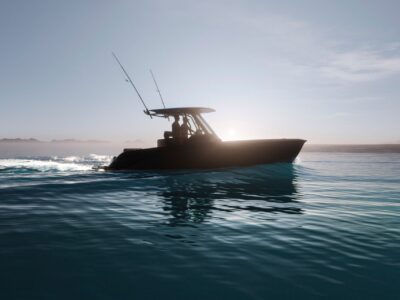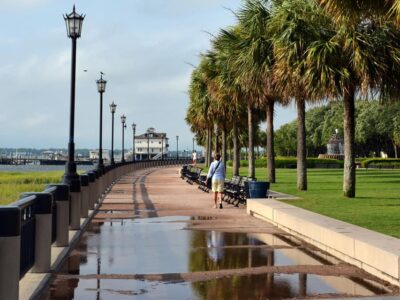With increased occurrences of major weather events and storm surge taking place across the country, coastal cities are at greater risk of flooding. The need for a protective barrier is ever-apparent, and many cities have installed seawalls by docks and piers to keep the surf off the land. However, building new structures has several environmental implications, including erosion and estuary pollution. Developments in bioengineering and 3D printing may have a way to protect the coastlines, clean up oceans, and keep marine life prosperous.
The Living Seawalls project was developed in Australia through a joint venture between Macquarie University, Sydney Institute of Marine Science, and the University of New South Wales. In November 2018, after noticing how marine structures had grown exponentially, researchers proposed replicating coral reefs on seawalls to cap declining rates of marine biodiversity near ports and harbors. Coral-like structures are 3D-printed and then installed on already existing walls to mimic the effect of the real thing.
Sydney Harbor was the first location where this concept was tested, hoping that barnacles, oysters, and mollusks would return closer to shorelines to help clean up pollution in the water. Organizers are heartened thus far by the results.. “We found 115 different species colonized the [sea]walls over a two-year period — comparable to the number of species that we see on natural rocky reefs, and about 20% greater than what we see on unmodified seawalls,” according to Melanie Bishop, leader of the Sydney Harbor project.
Photo Courtesy REEF Design Lab
The “coral” is the key component of the approach. For the Sydney Harbor Living Seawall, the researchers tapped the services of REEF Design Labs (RDL), who took charge of creating the structures. Based in Melbourne, Australia, the firm uses nature to explain its process. The quirky designs of the artificial reefs look like basic coral you’d find near or close to a seawall. As bottom feeders and fish make their nests near one or other marine structures, they can naturally filter the water of pollutants. Even better, the increased biodiversity has proven to help lower water temperatures, which is especially important for restoring natural reefs.
Back stateside, several cities on both sides of the country are using the living seawall approach. This buy-in is significant, especially with 50% of the U.S.’s coastline being replaced by artificial structures. In San Francisco, the Port Authority collaborated with the Smithsonian Environmental Research Center to run a pilot program along the Embarcadero Seawall, running three miles from Fisherman’s Wharf to Mission Creek.
The plan involved installing the 3D-printed coral at Pier 45, the Agricultural Building Seawall, and the South Harbor Breakwall. It is designed to combat the effects of flooding and seismic activity due to climate change without risking a drop in marine life. The team is not building any new seawalls for this two-year project; all structures the coral was placed on already existed.
Photo Courtesy James Rathmell
On the East Coast, Kind Design is spearheading the efforts for longer-lasting living seawalls. Based in Miami, the firm is working to make them more durable and last longer. Seawalls typically last 30 to 40 years before degrading, but Kind Design has found an inexpensive but effective solution to strengthen them instead of rebar. Their proprietary material uses recycled marine plastic fibers. Likewise, the process is less expensive because 3D printing can produce up to 95% of a project. More structures and pilot projects are being set up along Florida’s coastline to accelerate the recovery process of biodiversity.
Living seawalls are quickly being studied as part of marine life recovery, and a means to promote healthy marine life. With more positive results, more structures may pop up along coastlines worldwide.





